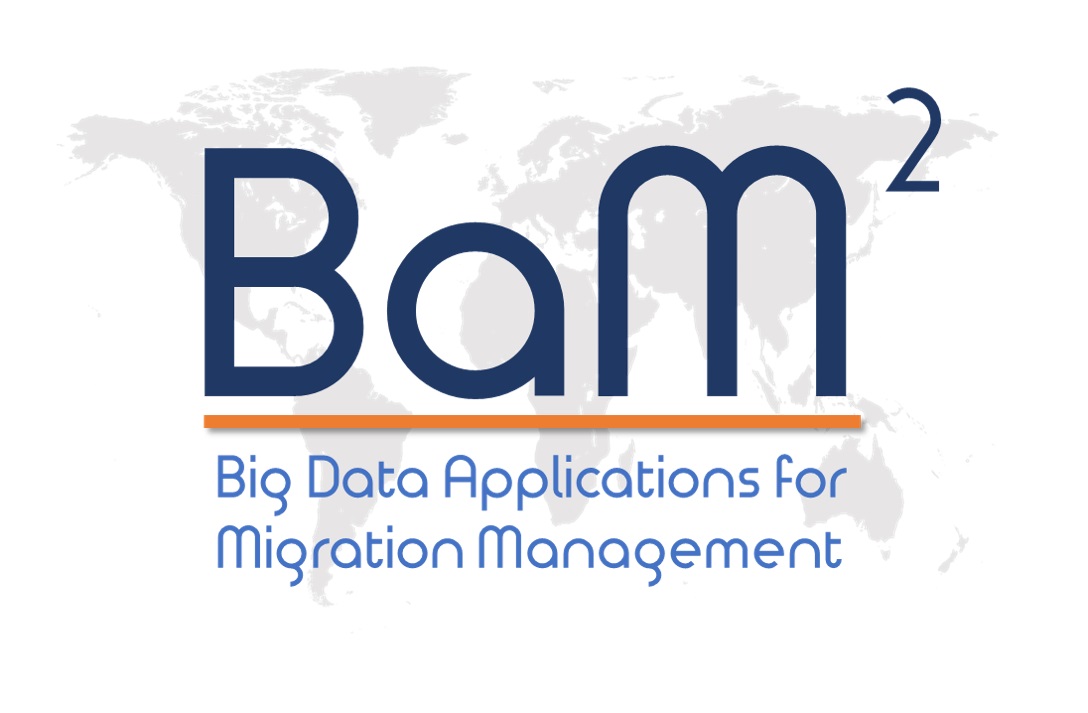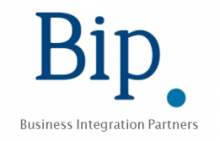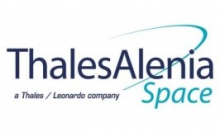
Objectives of the service
The main objective of the services is to improve migration emergency management in each of the following phases: mitigation, preparedness and response.
Three services have been identified:
- Service 1, “Migration Flow Mapping”, aims at enabling the production and periodical update of migration flows maps elaborated through the integration and consolidation of Big data collected from multiple sources such as the internet, mobiles and satellites.
- Service 2, “Trends and Forecasts elaboration”, aims at generating migration events forecasts, elaborated through tailored models fed with historical data correlated with updated information stemming from Big data analyses (e.g. Social media text analyses) and Internet sources (e.g. Google trends, News, weather forecasts).
- Service 3 “Advanced Surveillance & Rescue” aims at enabling the provision of advanced RPAS surveillance and rescue services as well as the monitoring of specific migration related areas.
Users and their needs
The targeted user communities include stakeholders involved in migration management activities, belonging to the following categories:
- Policy-makers/decision-makers at EU level.
- International Organisations engaged in migration management.
- Civil stakeholders such as reception centres, NGOs, cooperatives and training centres.
The key users involved in the study through the European Space Agency are: Frontex, EASO, IOM and SatCen. Moreover, the involvement of further stakeholders such as Engim Internazionale, SoBigData, Terre des Hommes Italia and Ministry of Interior (Dipartimento della pubblica sicurezza – Direzione centrale dell’immigrazione e della Polizia delle Frontiere) is envisaged.
A summary of the major users’/ stakeholders’ needs is provided below:
- Enhancement of services currently provided in the three phases of migration management through the use of Big data analysis.
- Availability of predictive analyses in order to ensure proactive and efficient preparedness to migration events.
- Availability of alerting mechanisms to reduce time between migration events occurrence and response.
- Availability of tools and procedures to improve current monitoring and surveillance activities.
Service/ system concept
The proposed services aim at providing users with timely and value added information to better manage the three phases of migration management.
With reference to each proposed service, the key outputs provided to the users are described hereafter.
Service 1 - “Migration Flow Mapping” aims at providing users with:
- Web-based dashboards highlighting historical information on migration trends and potential risks of migration events in the long term.
- Web-based maps highlighting historical migration flows.
- Periodic and ad hoc Reports on migration.
Service 2 - “Trends and Forecasts elaboration” aims at providing users with:
- Web-based dashboards including key push and pull factors. related to migration.
- “alerts” deriving from anomalies detection.
- maps highlighting perspective migration events.
Service 3 - “Advanced Surveillance & Rescue” aims at providing users with:
- Surveillance through Web based / GIS interface of specific interested areas.
- Tracking of designated targets through Web based / GIS interface.
Space Added Value
The proposed study investigates the feasibility of the use of several space assets: geo-localised data from social media, RPAS missions (the satellite telecommunications system supports the control of the RPAS when the aircraft is no longer in radio visibility, GNSS is used for RPAS geolocalisation) and historical satellite EO data providing indirect human migration indicators.
Current Status
The study started in May 2017 and has been completed in January 2018, carrying out the following main activities:
- Definition of user requirements;
- Characterization of Services to be provided to the involved Stakeholders in the mitigation, preparedness and response phases of migration management;
- Proposition of services mock-ups to the involved Stakeholders;
- Sustainability analysis and regulatory assessment;
- Definition of the Roadmap for future implementation.
The Stakeholders who took part to the feasibility study included major organisations managing migration emergencies at European and national level both involved by ESA and directly by the Consortium. Stakeholders involved by ESA were Frontex, EASO (European Asylum Support Office), IOM (International Organisation for Migration) and SatCen (European Union Satellite Centre), whilst Stakeholders involved by the Consortium in the role of end users were Terre des Hommes and Engim Internazionale.
The feasibility study focused on the following three services, addressing all the phases of migration management (mitigation, preparedness and response):
1. Service 1 - Migration Flows Mapping, mainly supporting the Mitigation phase: the service aims at mitigating migration-related risks by providing a comprehensive mapping of historical migratory flows and long-term migration forecasts (i.e. 1+ year(s)).
2. Service 2 - Trends & Forecasts Elaboration, mainly supporting the Preparedness phase: the service provides users with predictive analyses on medium-short term (i.e. from two weeks to six months) migration flows by analysing social data, Earth Observation data, socio/economic data, weather forecast and available statistics.
3. Service 3 - Advanced Surveillance & Rescue, mainly supporting the Response phase: the service supports the response phase of the emergency through the use of Remotely Piloted Aircraft System (RPAS).
The feasibility study confirmed the technical feasibility and economic viability of abovementioned services, and in particular:
- Technical Feasibility was successfully evaluated addressing both Big Data (data availability, data harmonisation including satellite imagery, design of machine learning algorithms and advanced analytics) and RPAS-related technologies issues (RPAS payload feature extraction software, etc.);
- Viability of proposed services was assessed from both economic and regulatory perspectives. Market Penetration and Cost Benefit Analyses were performed for each category of Stakeholders identified as potential customer. The regulatory assessment confirmed the possibility to operate the RPAS under identified conditions and constraints; the privacy and regulatory issues associated to the utilisation of social media big data sources were addressed, and a framework to allow their operational exploitation was defined.
Based on this successful feasibility study outcome and on the interest expressed by several users, an outline proposal for a follow-on demonstration project to implement and demonstrate the three services has been submitted to ESA.




